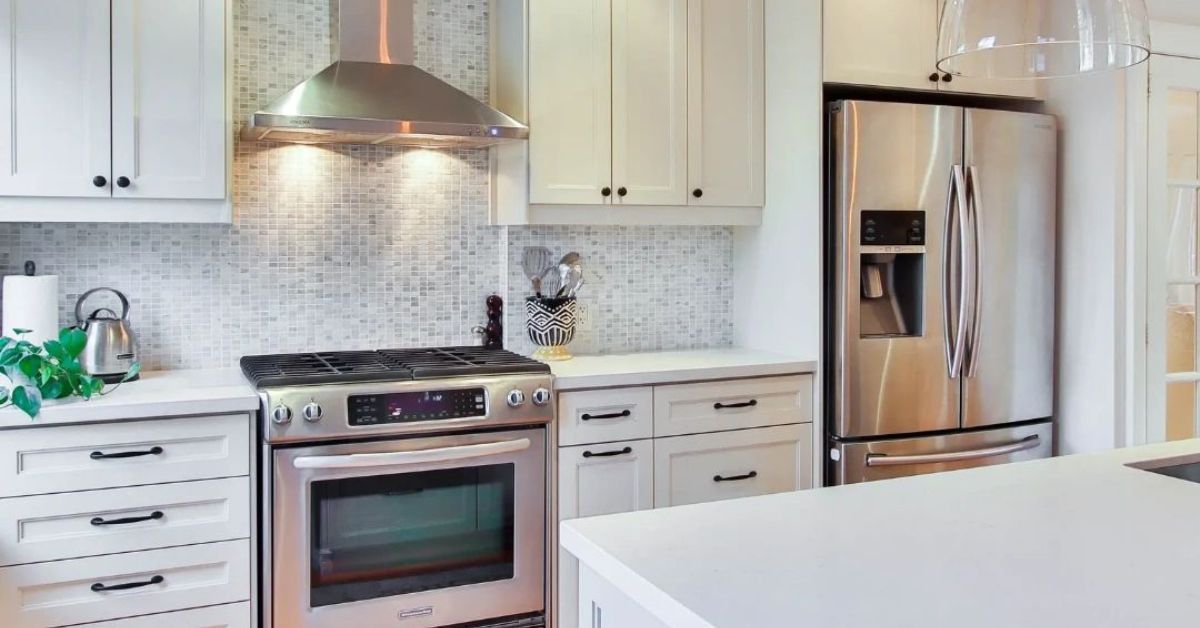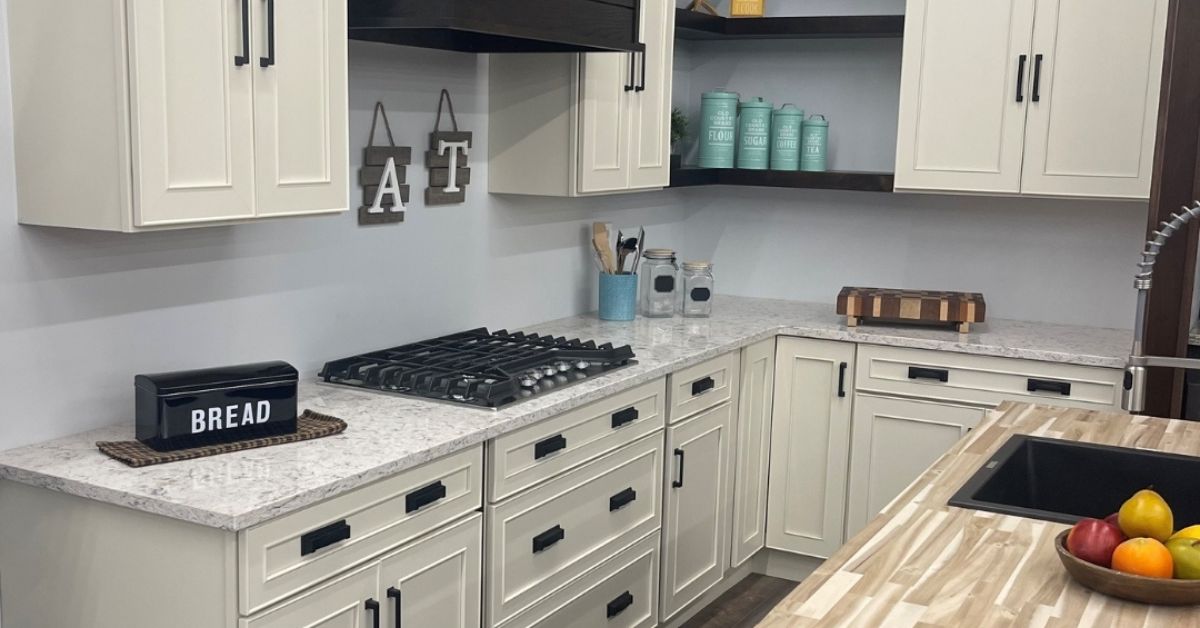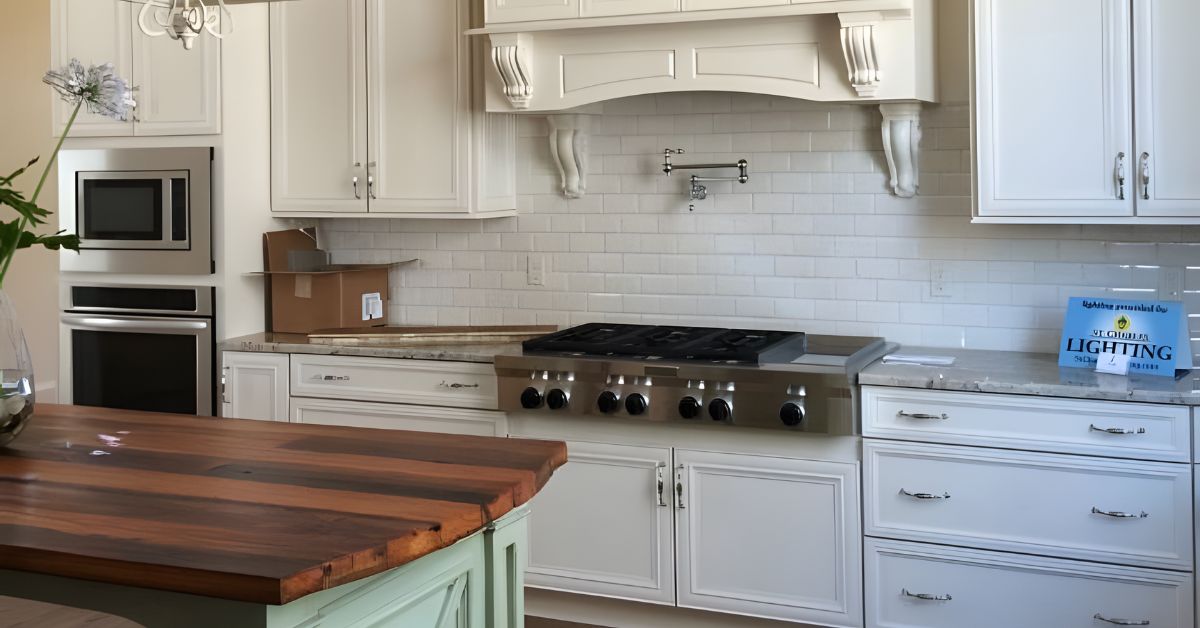Design Principles for Accessible Kitchen Cabinets

When designing or remodeling a kitchen, accessibility should be one of the first considerations to create a functional and inclusive space for everyone. Modern kitchen design is not just about aesthetics or maximizing storage; it’s also about making the kitchen a place where all individuals, regardless of physical ability, can work comfortably and efficiently. The following guide will take you through some of the essential principles that can make your new or revamped kitchen more accessible and user-friendly.
The Essentials of Accessible Kitchen Cabinetry
Accessibility in kitchen design is not merely about adding gadgets or tools to improve convenience. Instead, it involves carefully planning the design to meet the varying needs of those who will use the space. When we talk about design principles for accessible kitchen cabinets, we are focusing on functionality, reach, and thoughtful cabinet placement. These principles ensure that individuals with mobility challenges, such as those using wheelchairs or those with limited range of motion, can work in the kitchen without difficulty.
Taking Height Into Consideration
The height of the cabinets plays a foundational role here. Wall cabinets should be lower than in standard designs so that everyone can easily reach them without a step stool or excessive stretching. Base cabinets, on the other hand, can include pull-out shelves or baskets to make stored items more accessible. Adjusting these details improves the kitchen’s usability without compromising on its style or flow. The result is a space that is both functional and inclusive.
Prioritizing Universal Design
A universal design approach assumes that kitchen cabinets should accommodate people of all abilities and ages. Opting for cabinetry with universal design supports longevity and adaptability for your kitchen. Roll-out trays, soft-close mechanisms, and D-shaped handles are universal features that make cabinets easier to use and are particularly helpful for individuals with limited grip strength.
A universal design also highlights the need for a seamless kitchen layout. For example, consider keeping essential storage areas, like those for cutlery and cookware, within easy-to-reach zones. Similarly, you can outfit corners in base cabinetry, which are often hard to access, with lazy Susans or pull-out corner units. Even something as simple as opting for shallow drawers over deep cabinets in specific areas could make a world of difference for ease of use.

Customization Matters
Every kitchen user has unique needs, and customization in cabinetry is often the answer to achieving a space that feels tailor-made. Design options such as adjustable shelving or motorized cabinets can add flexibility and enhance accessibility. These solutions allow users to adapt their cabinets according to their preferences, which can evolve over time.
For example, some cabinet systems enable users to lower the height of upper shelves via a simple motor and switch. This practical feature helps even traditionally inaccessible spaces become functional, adding both convenience and inclusivity to the kitchen. Additionally, think about pull-down shelving solutions for vertical storage, which can drastically improve usability while keeping style intact.
Importance of Clearances
One of the most critical aspects of planning a kitchen space that emphasizes accessibility is ensuring adequate clearance. This entails positioning cabinets with sufficient space around them to allow for the use of mobility aids, such as wheelchairs or walkers. For instance, designers often recommend leaving at least 40 inches of space between counters or cabinets in galley kitchens to accommodate individuals using mobility devices.
Similarly, you can design base cabinets to provide knee space that lets chairs or wheelchairs fit comfortably when the user is working at countertop level. This setup is particularly effective for prep stations or sink areas.
Failing to account for clearance could result in a kitchen that, while aesthetically pleasing, is difficult to use for people with mobility challenges. A well-thought-out design eliminates this problem while elevating the overall functionality of the space.
Thoughtful Hardware and Cabinet Doors
An often-overlooked yet essential aspect of designing accessible kitchen cabinets is the selection of cabinet doors and hardware. Cabinet doors should ideally have wide, smooth openings that allow users to access them without strain. Sliding doors are another excellent option since they don’t require additional room to swing open, making them suitable even in tighter spaces.
On the hardware side, D-shaped or loop handles are easier to grip than simple knobs. Some homeowners also opt for touch-latch mechanisms that remove the need to grip entirely, as these allow users to open cabinets with just a push. These small yet impactful decisions can go a long way in creating a space that strikes a balance between practicality and design.
Contrasting Colors for Usability
Higher contrast between cabinets, countertops, and hardware creates better visibility for individuals with impaired vision. For instance, cabinet doors in dark wood tones paired with lighter countertops not only look stunning but also enhance usability. The contrast blends form and function, creating an environment where every design choice serves multiple purposes.
Additionally, labels or color coordination for specific storage areas within cabinets can be helpful to introduce. For example, color-coded organizers inside base cabinets can make it easier for users with visual impairments or cognitive challenges to locate items quickly.

Why Accessible Kitchen Cabinets Are Worth It
Designing a kitchen centered on accessibility shows a commitment to inclusivity, practicality, and the well-being of everyone who enters the space. Kitchens are central to our everyday lives; they’re a place to cook, gather, and make memories. Making sure this area works for everyone, regardless of ability, enriches both the cooking experience and everyday living.
If you keep these design principles for accessible kitchen cabinets in mind, you can ensure that the heart of your home remains a welcoming, functional, and beautiful space. Whether you’re designing new kitchen cabinets from scratch or modifying an existing layout, the principles we covered in this blog provide a clear roadmap for creating a dynamic and inclusive kitchen.
Accessible designs aren’t just practical; they’re a fundamental part of modern kitchen planning. For those embarking on the exciting journey of redesigning their kitchens, consulting a professional or trusted cabinet designer with knowledge about accessibility can simplify the process significantly. Legacy Cabinets can be your expert support throughout this journey. We’ll help you understand your kitchen’s needs and find the best cabinets to promote both aesthetics and inclusive functionality. With the right blend of thoughtful design and functional details, your kitchen can become a place that everyone enjoys effortlessly.







